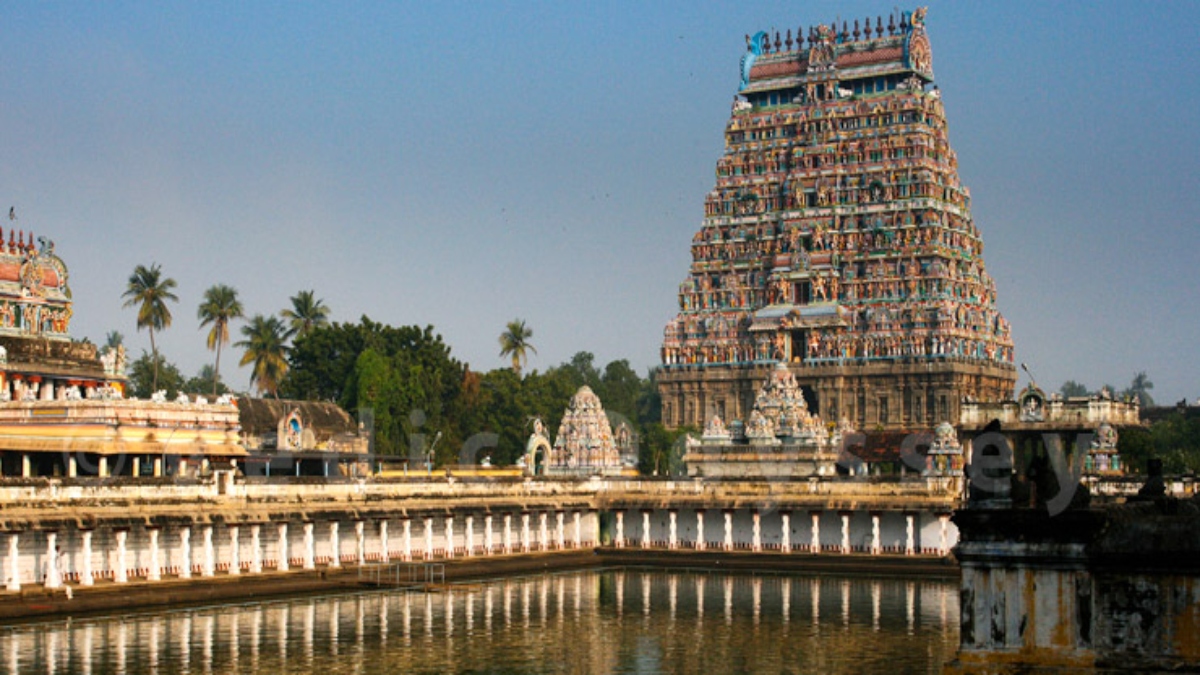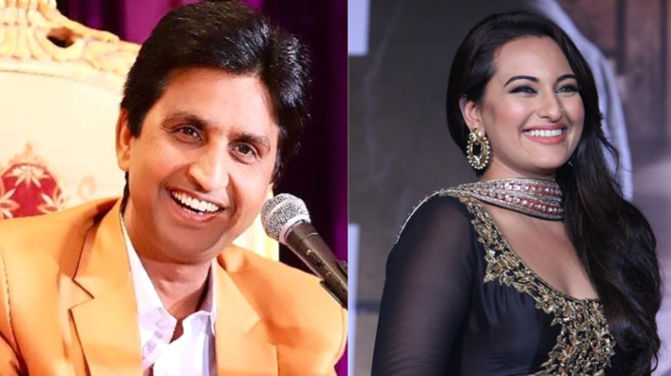Over the years, the notion that religious minorities have greater religious institutional freedoms has gained a fair amount of traction in public discourse. However, there is nothing in the language of Articles 25 and 26 of the Constitution which remotely suggests that the rights recognised and guaranteed therein are more available to one community than the other. Nor is there anything to suggest that the power of the Indian State to interfere with such rights is greater in relation to one community than the rest. And yet, State legislations abound which interfere only with the rights of Indic communities under Article 26 to run and administer their religious institutions. The absence of such statutes in relation to institutions of other communities only makes the existence of Indic-specific legislations starker.
If one needed a case study to understand the draconian nature of these legislations and their devastating effects on Indic civilizational heritage, there is perhaps no better example than the Tamil Nadu Hindu Religious and Charitable Endowments Act, 1959, which is still in force. The history of this legislation itself makes for a compelling read. The 1959 Act came about as a consequence of the repealment of the erstwhile Madras Hindu Religious and Charitable Endowments Act, 1951. The repealment of the 1951 Act was, in turn, a consequence of its central provisions being struck down as unconstitutional by the Supreme Court in the landmark judgement of The Commissioner, Hindu Religious Endowments, Madras v. Sri Laxmindra Tirtha Swamiar of Sri Shirur Mutt, delivered in 1954.
What is shocking is that the very same provisions of the 1951 statute, which were struck down by the Supreme Court as unconstitutional, were reintroduced in sum and substance in the 1959 Act. While these reintroduced provisions, along with the corresponding provisions of the HRCE legislations of Andhra Pradesh and Puducherry, are currently under challenge before the Supreme Court in a Writ Petition filed in 2012, the specific conduct of these State Governments demonstrates that the Indian State, in general, has no qualms or compunctions in circumventing or contravening the verdict of even the highest Court of the land which speaks volumes of its commitment to the rule of law and equality.
In all the decades that Indic religious institutions in Tamil Nadu have been under the thumb of the HRCE Department, the ability of the community to administer its own institutions has been systematically clipped and pared down. Post the promulgation of the 1959 Act, till date close to 39,000 Temples in Tamil Nadu have been taken over by the State Government, out of which approximately 85% of the Temples receive INR 10,000 or less in contributions from devotees. In other words, Temples with a monthly income of less than INR 1000 are under State control, which defies logic and reasonableness. State appointees, who go by the officious sound title of Executive Officers, are appointed to Temple administrations for indefinite periods without there being a due cause.
In most instances, there are no written orders pursuant to which these appointments have been made, which violates the fundamental requirements of natural justice. Once appointed, the Executive Officers stay put for good and effectively take control of the administration of Temples in all respects, secular and religious. From the approval of budgets for performance of daily rituals in the Temple to the appointment of key functionaries to the Temple administration, the Executive Officer has the last word. While the Supreme Court’s verdict in the Chidambaram Temple case, wherein the Court came down heavily on indefinite and unreasoned appointments of Executive Officers, served to loosen the stranglehold of the HRCE Department to a limited extent, the rot is so deep that it requires an invasive surgery.
Further, the reign of the HRCE Department has wreaked havoc on the upkeep of the Temples in Tamil Nadu, the observance of their religious traditions and the preservation of their movable and immovable assets. This criticism stands vindicated by a judgement delivered by the Madras High Court on July 21, 2017 in a Writ Petition filed by a public-spirited citizen alleging the connivance between HRCE officers, officers of the Tamil Nadu State Police and Idol smugglers in the theft of Temple Idols and jewels. In the said decision, the High Court had acknowledged the rich cultural heritage of the State of Tamil Nadu, the repeated attacks on the culture native to this land by foreign invaders and the duty to preserve for future generations whatever is left of our culture. The Court then went on to categorically find that the HRCE Department of the State of Tamil Nadu had miserably failed in discharging its primary duty i.e. Protecting Temples and preserving their valuable heritage, which is a scathing indictment of the HRCE Department and a vindication of the long-standing position of millions of Indics and Temple freedom advocates that State HRCE departments are worse than foreign invaders when it comes to looting or facilitating loot of Indic civilizational Heritage. The High Court further invoked Articles 25 and 49 of the Constitution to give a concrete constitutional peg to the obligations of the State with respect to protection of Temples and antiques of religious or cultural significance.
While it is easy to dismiss these facts which incriminate the conduct of the HRCE Department as the consequence of Executive avarice or negligence, the reality is that the very framework of the 1959 Act facilitates arbitrary and unreasonable behaviour owing to lack of safeguards to protect the rights of Indics to administer their own religious institutions under Article 26 of the Constitution. This criticism is equally valid of the HRCE legislations of Andhra Pradesh and Puducherry given that they trace their origins to the Tamil legislation. Therefore, going by the Tamil Nadu experience with the HRCE Act and the Department, it would be banal to point out that State control of Indic religious institutions has only been to their detriment. In any case, constitutionally speaking, the very existence of these legislations in their current form, which facilitate complete take-over of Indic religious institutions by the State, is antithetical to the framework of the Constitution and the specific rights guaranteed therein to religious denominations to run their religious institutions. Consequently, the time has come for these legislations to be replaced with more Constitutionally compliant ones which embody the spirit of restrained intervention by the State as mandated by Article 25(2)(a).
To avoid a long-winded litigious route, since HRCE legislations fall under Entry 28 of the Concurrent list, it is possible for the Union Government to enact a model legislation which serves as a benchmark for State Governments to undo the harm done by decades of Stalinist Statist intervention in the functioning and administration of Indic religious institutions.
J. Sai Deepak is an Advocate practising as an arguing counsel before the Supreme Court of India and the High Court of Delhi.







